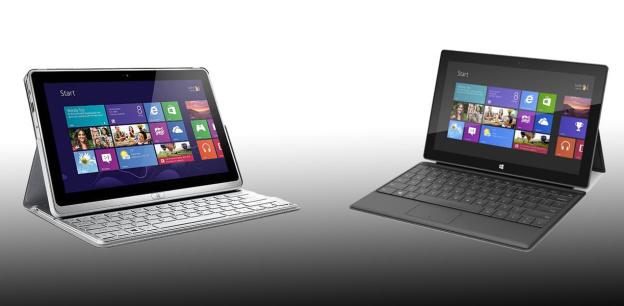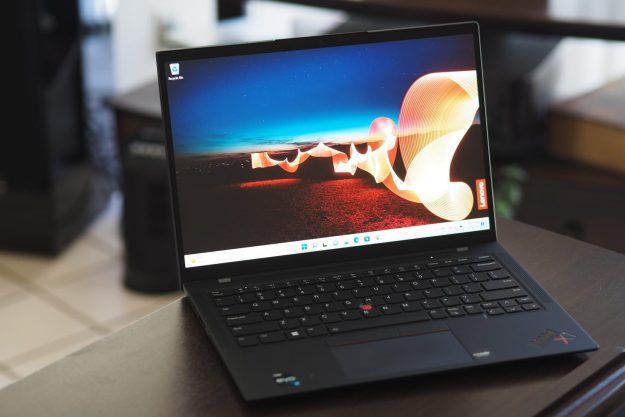
Microsoft still owns the biggest chunk of the desktop operating system market, but it just can’t seem to convert its user base over to mobile. Despite Windows 8 running essentially in full form on Surface Pro tablets, the device just hasn’t been able to capture much market share. Perhaps it’s the price; maybe it’s the internal storage controversy that revealed the device has significantly less available space than advertised; or maybe it’s the fact the Surface was just a little late to the game. Whatever is causing the lag behind in Surface Pro’s success, now it has something else to worry about: Competition. Acer has unveiled its Aspire P3, a convertible tablet that runs Windows 8. How do the two compare? Let’s find out.
It’s honestly kind of difficult to make a call on these devices based solely off the information on the spec sheet. They are very similar in a lot of ways. Only time (and a full review of the device) will tell if the Aspire P3 runs in to the same issues that Microsoft’s Surface Pro was stifled by. If you’re looking to save a couple bucks and are willing to make the step down to what appears to be a budget option in the Windows 8 tablet market, the Acer will probably suit you just fine. Then again, a small step up in price will net you a little boost in specs on the Surface Pro. Sturdiness, functionality, and performance are likely what will set these devices apart, but the numbers really don’t. We’ll know more about the P3 in the coming weeks.
Editors' Recommendations
- Surface Laptop Go 3 vs. Surface Pro 7+: is it an upgrade?
- Surface Laptop 4 15-inch vs. MacBook Pro 16-inch: Which is better?
- Surface Pro 8 vs. iPad Pro: Which powerful tablet is best?
- Microsoft Surface Pro 7 vs. Surface Book 3 13: Which 2-in-1 wins?
- Surface Laptop 3 15-inch vs. MacBook Pro 16-inch: Which is better?




